10 places in St. Petersburg
Far from all Petersburgers saw the main sights of the northern capital, and there are still many interesting places around that are usually not marked on tourist maps. Therefore, for citizens and tourists, we have compiled a list of important and interesting locations that are worth seeing in order to understand the city on the Neva.
Saint Isaac's Cathedral
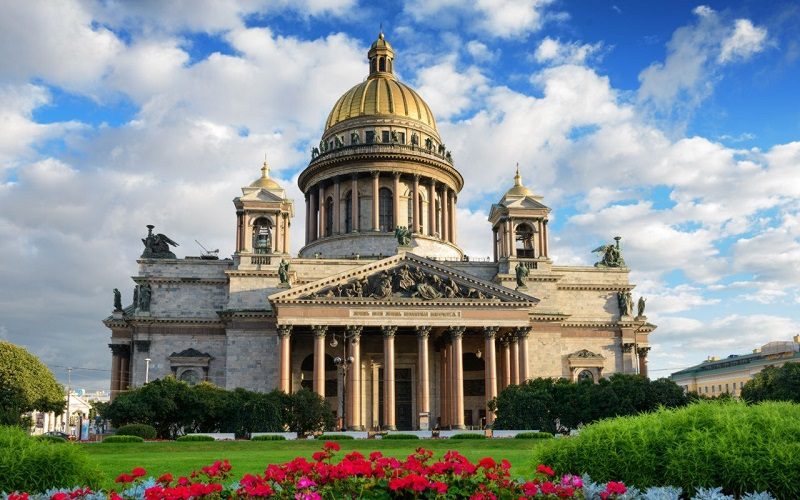
The first cathedral on St. Isaac's Square appeared in the time of Peter the Great, as the workers from the Admiralty needed their own religious building. The present Isaac is the fourth and largest in the city. Until now, it is one of the tallest buildings in St. Petersburg (204 meters). It was built with three sovereigns. A talented young architect Auguste Montferrand submitted his project to Alexander I in 1818, the Decembrist uprising took place next to the church under construction, the main supervisor of the construction was Nicholas I, who did not live to see the consecration of the cathedral. One of the most complex structures in the history of St. Petersburg, the resources for the construction of which were carried from all over the country, was completed only in 1858. His brilliant author, who over 40 years managed to change the face of St. Petersburg, died almost immediately after the consecration of the cathedral. In many ways, because of this, the legend is still going on that Montferrand was told that he would die as soon as the construction of Isaac was completed, and that this was why the construction of the cathedral was so long. While Isaac is still a museum. It still holds important artifacts like the Foucault pendulum, which are worth seeing. And you should definitely climb the colonnade of the cathedral and look at the city from above, reminding yourself that Petersburg is especially beautiful from a bird's-eye view.
ADDRESS
metro station Admiralteyskaya, Isaakiyevskaya Sq., 4
Hermitage and Palace Square
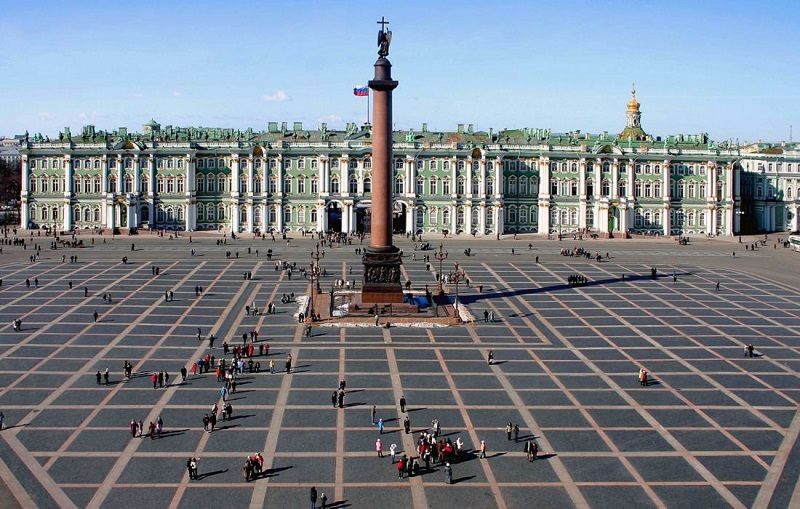
The Palace Ensemble forms the Imperial Winter Palace, the building of the Guard Corps, the General Staff Building with the Triumphal Arch and the Alexander Column. It must be said that before there was a meadow, cows grazed on it, and the Dvortsovaya owed the era of Alexander I with the current gloss, when a huge area led to a single style, and Montferrand erected the famous Aleksandriysky stolp, which became the new dominant. You should spend more than one day visiting the Hermitage and the General Staff: there are no counts in the elegant halls. However, one visit will be enough to feel the atmosphere of the main repositories of art in the city on the Neva, to present the weekdays of the august persons who ruled the country in the past.
ADDRESS
metro station Admiralteyskaya, Dvortsovaya Square
Embankment of the Winter Canal
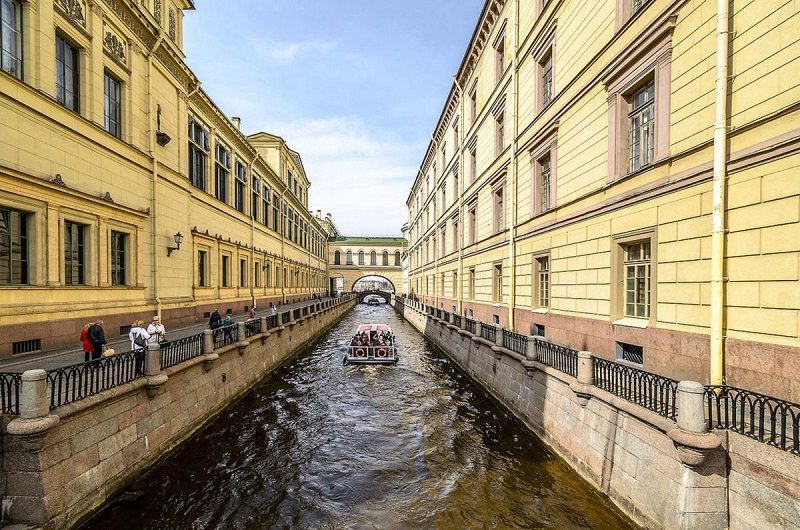
Petersburg is a city of bridges and embankments. Citizens without walks by the water under the calming rustle of the Neva just can not do, and tourists somehow at least once come out to the waterway of the northern capital, to at least admire the breeding of bridges. It is then that they begin to understand the city. But in order to experience the special St. Petersburg romance, we offer to take a walk along the embankment of the Winter Canal. This is a small canal connecting the Neva and the Moyka near the Winter Palace. The Winter Canal became famous for the tragic story of poor Lisa, who jumped from the bridge, holding a portrait of her beloved. This story impressed the great Russian composer Pyotr Ilyich Tchaikovsky so much that he decided to insert the scene of the girl's suicide into his new opera The Queen of Spades. However, today nobody remembers about it, but there are true romantics here who catch the dawn, making their way out from under the arch before filling the city streets. And all this magnificence is complemented by the cries of gulls - a reminder that St. Petersburg residents live by the sea.
ADDRESS
metro station Admiralteyskaya, Emb. Zimney kanavki
Petersburg datsan
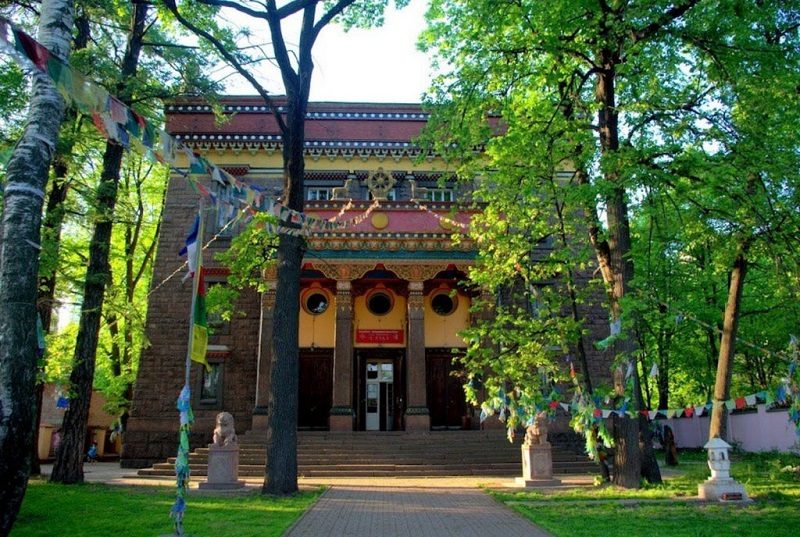
The Buddhist temple “Datsan Gunzechoyney” is the “source of the holy teachings of the All-Compassionate Hermit Lord” and the northernmost Buddhist temple in the world, as well as the most expensive in Europe, built at the beginning of the 20th century. Permission for the construction of the temple was obtained in 1900, after which in 1909 the representative of Dalai Lama XIII in Russia Agvan Dorzhiev acquired a piece of land on the bank of the Malaya Nevka. The temple was built by the author of the Eliseevsky shop in St. Petersburg, Baranovsky, with the involvement of several orientalists and Buddhism specialists, who ensured that the building was consistent with all religious canons. It turned out to be one of the most expensive Buddhist temples in Europe, which many people know today, but have never been there. Although there, for example, you can admire the stained glass windows, made according to the sketches of Nicholas Roerich, eat ethnic food and feel that you are no longer in St. Petersburg at all. After visiting the temple, a tourist will note for himself that the Northern Capital is a city of many cultures.
ADDRESS
metro station Staroye Selo, Primorsky Ave, 91
Rotunda on Gorokhovaya
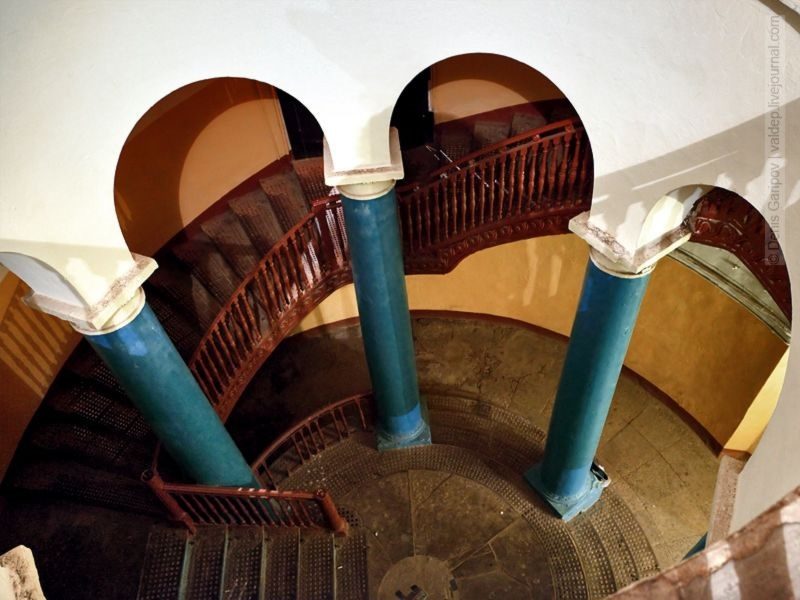
In the 19th century, the merchant Ustinov, rebuilding a regular apartment house, had not yet suspected that in a few years freemasons would gather there. It is still believed that Satanists sacrificed in the building. As evidence, the eerie lattice pattern on which the pentagram is depicted is shown. And the building itself is made in the form of an inverted pentagram pentagram with a five-pointed star (the symbol of Satanists). It is believed that many have visited this source of energy and continue to come here to exit through the portal to the Satanist world, and that even there was a story about a boy who climbed into some passage in the house, and then returned half an hour later a decrepit old man. Now it’s easy to get into the building: the tenants staged a kind of museum in the front door.
ADDRESS
metro station Sadovaya, Gorokhovaya St., 57
The belfry of the Smolny Cathedral

Rastrelli begins the construction of the cathedral on the orders of Empress Elizabeth in 1748. Smolny Cathedral became for the architect a symbol of violation of European baroque traditions. He could not only bring the traditions of European architecture to the building, but also recall the Russian traditions, using them to give the cathedral austerity and solemnity. Even Giacomo Quarenghi, the author of the Smolny Institute, when he passed by the cathedral, invariably exclaimed, taking off his hat: “This is the temple!” However, we offer to admire not only the temple, but also the city from the height of the temple, climbing the cathedral belfry. To conquer the heights of Smolny seeks noticeably fewer tourists, which makes it easier to breathe, and the view is completely different. With the help of free binoculars one can consider, for example, the Petrograd side, to trace how many ships sail along the Neva.
ADDRESS
metro station Chernyshevskaya, Rastrelli Sq., 1
Cruiser Aurora"
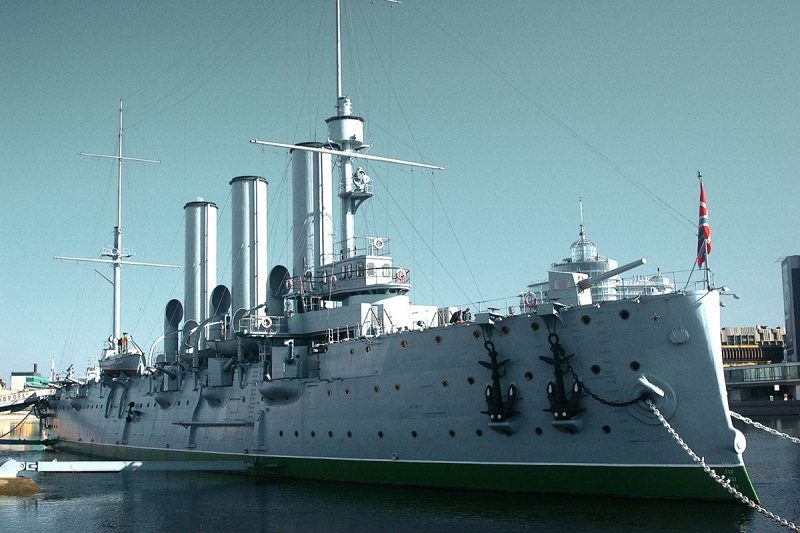
In Soviet times, this cruiser was better known as a symbol of revolution, and now people go here to look at a colorful exposition dedicated to one of the most tragic pages of the history of the Russian fleet - the history of the early 20th century: its crew witnessed all the sad events that struck Russia those times You can not even walk around the cabins: the power and becoming a ship is easy to feel even standing on the deck. However, inside the visitors are waiting for nine rooms (before the restoration of the Aurora there were six of them) with modern multimedia installations. They will transfer the viewer in time and allow them to immerse themselves in the events in which the cruiser happened to participate.
ADDRESS
metro station Gorkovskaya, Petrogradskaya Embankment
Necropolis of Artists
This complex includes the Narva Gate and the workshop of Anikushin, but its main part is the Necropolis of Artists. On the territory of the Alexander Nevsky Monastery there are several cemeteries. This necropolis is the most famous. It was founded at the beginning of the XIX century, when there was a shortage of space at the old cemetery at the monastery. It was here that most of the most important cultural figures of the 19th century — from Dostoevsky to Karamzin — were buried. In the 30s of the 20th century, when the Soviet government began to bring all valuable gravestones from other cemeteries here, many graves were destroyed and destroyed. Dostoevsky, Kramskoy, Karamzin, Cui, Kuindzhi, Delvig, Glinka, Pushkin’s cornerman Danzas, Speransky, Demuth-Malinovsky and even more hundreds of people were buried there, and even more than a hundred people without whom the 19th century would not have happened in Russian history.
ADDRESS
metro station Alexander Nevsky Square, Nevsky Prospect, 179
Water Botanical Garden Greenhouse
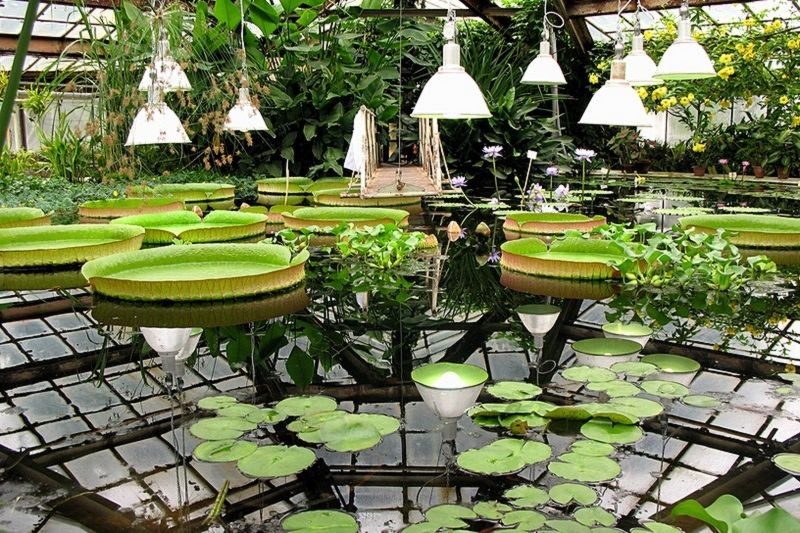
The Victorian greenhouse was built over a hundred years ago. Its main decoration is the pool, which is considered one of the largest greenhouse reservoirs in the world. In a water conservatory, you can admire the world's largest waterlily, inhabitant of the waters of the Amazon and Lake Titicaca, Victoria, named after the British Queen Victoria. The diameter of its round leaves is almost two meters, these floating saucers calmly hold a weight of up to 50 kilograms, so that a child or a thin adult can safely sit on it or even swim.
ADDRESS
metro station Petrogradskaya, Professor Popova St., 2